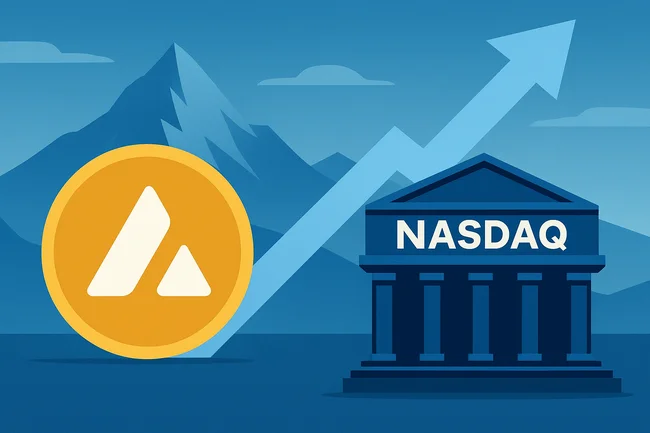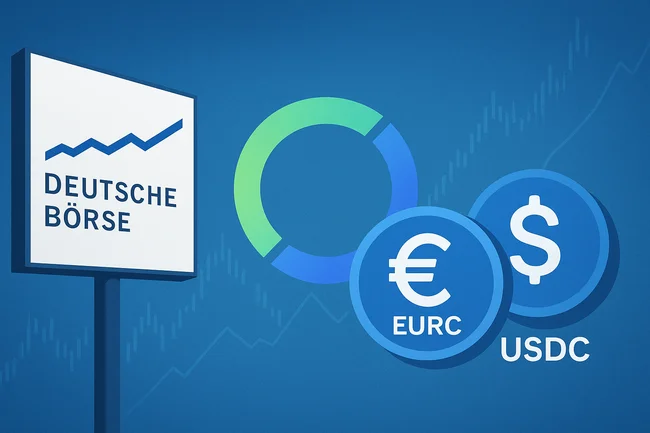Governance structures in cryptocurrencies refer to the systems and processes that determine how decisions are made and implemented within a blockchain network. These structures help define how changes are proposed, discussed, and voted on, ensuring that the community’s needs and values are reflected in the project’s direction.There are several types of governance models. On-chain governance allows token holders to vote directly on proposals, enabling a more democratic approach. Off-chain governance might involve discussions in forums or social media, where decisions can still be influenced by community consensus but require more informal processes.Another model is hybrid governance, which combines elements of both on-chain and off-chain mechanisms. Each structure has its strengths and weaknesses, often balancing efficiency, transparency, and inclusivity. Ultimately, effective governance is crucial for the sustainability and adaptability of a cryptocurrency project, as it influences how quickly and effectively it can respond to challenges and opportunities in the evolving landscape.

Avalanche Treasury Co. to Go Public in $675M Deal With Mountain Lake Acquisition
Avalanche Treasury Co. (AVAT), a digital asset treasury company aligned with the Avalanche Foundation, said Wednesday it has agreed to



